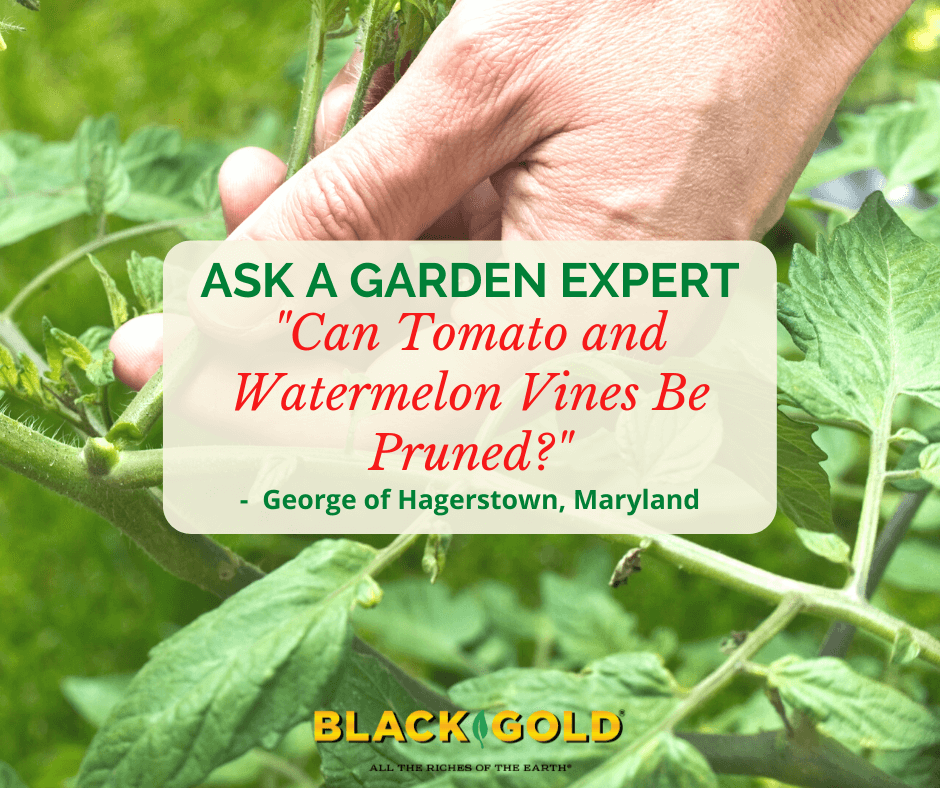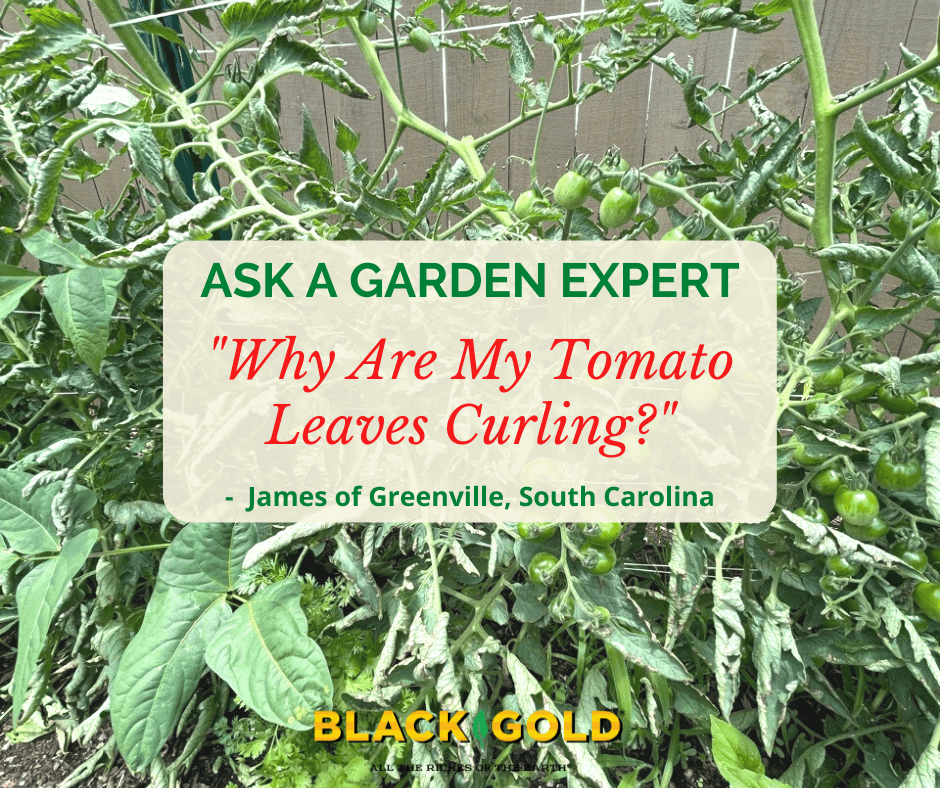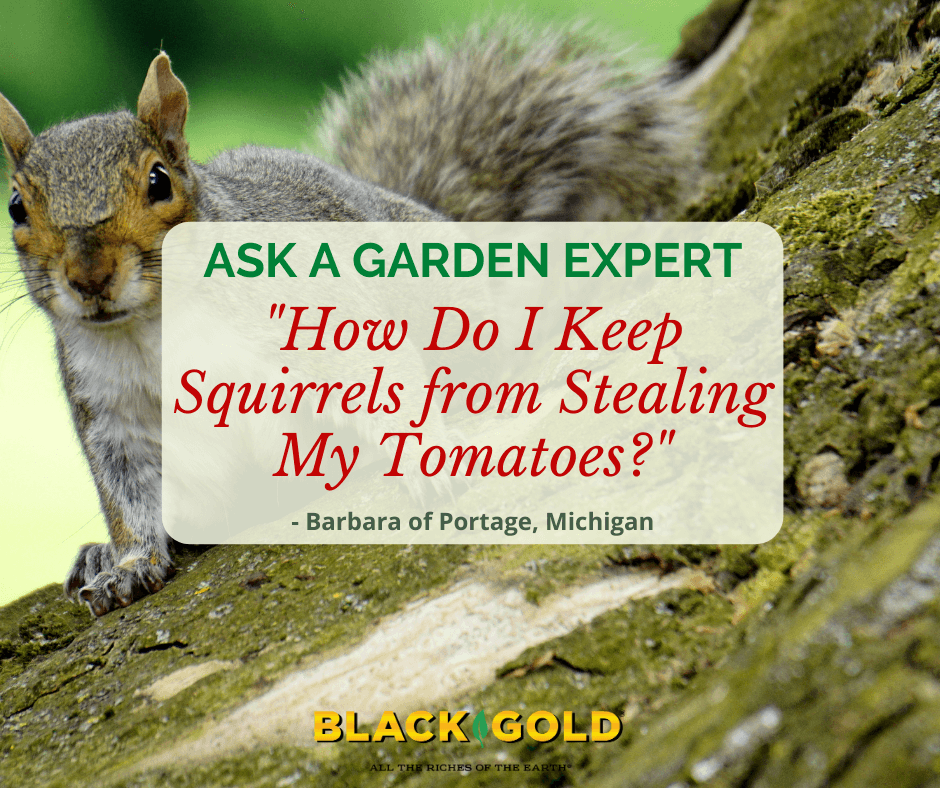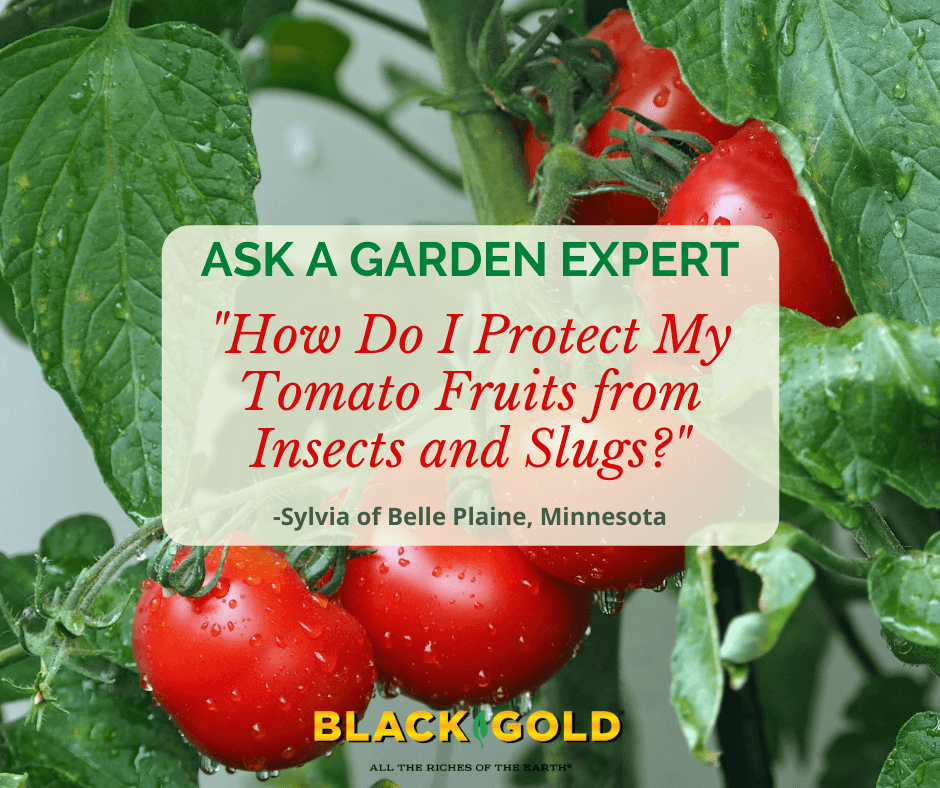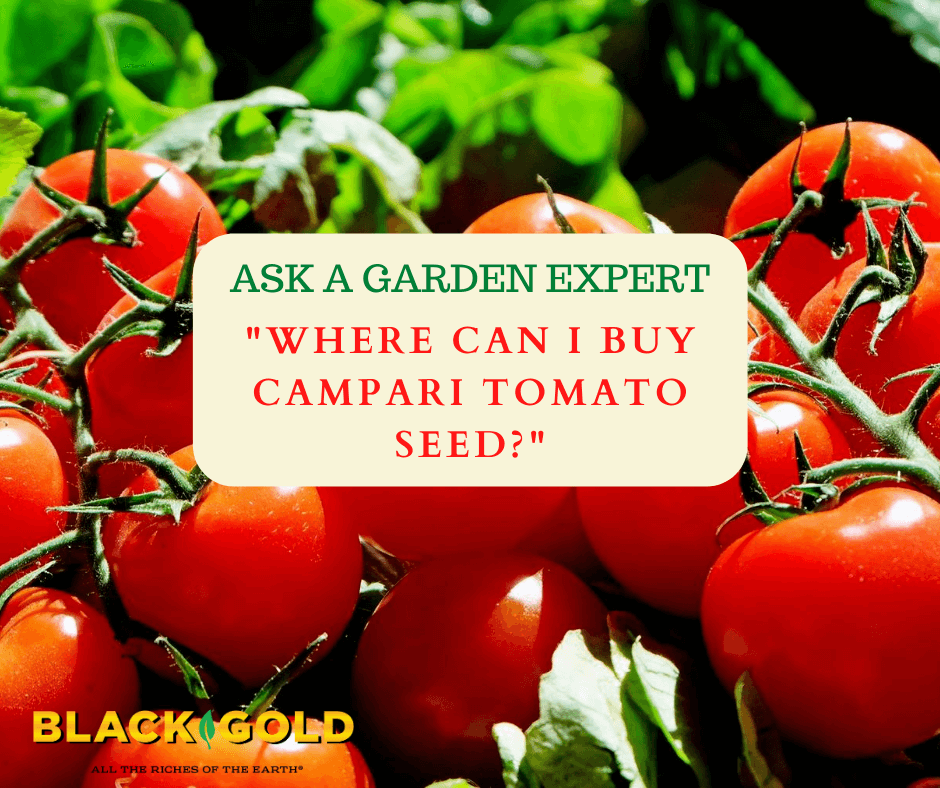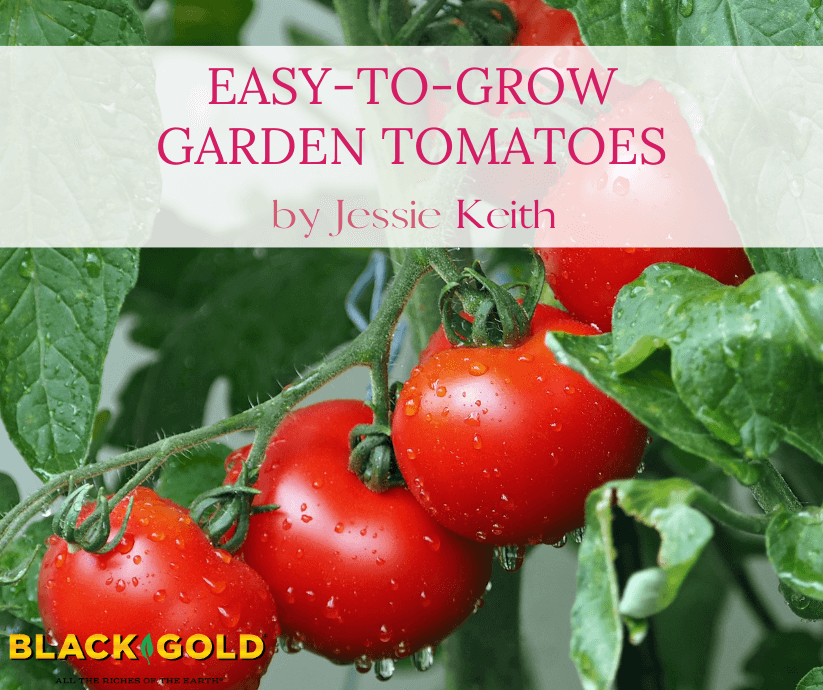
Fresh-from-the-garden tomatoes (Lycopersicon esculentum) are a seasonal delicacy every gardener should try to grow at home. Thirty-five years of tomato growing have taught me the effortless tomato varieties versus the more finicky, less productive types. Newer gardeners seeking to grow bountiful harvests of tomatoes should start with the standbys for ease of growth, flavor, and productivity. Of the nearly 60 tomato varieties I have grown, here are some of the most gratifying, flavorful, and easy. Some are modern cultivated varieties, and others are heirlooms.
Easy Beefsteak or Slicing Tomatoes
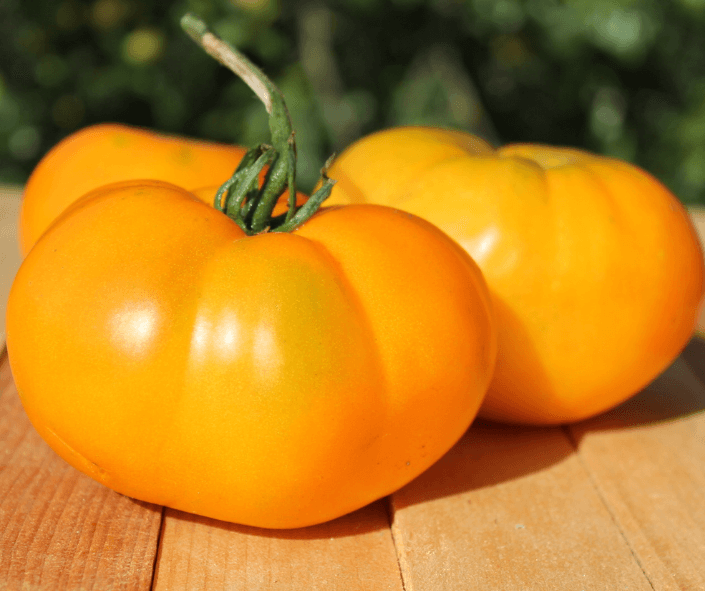
Those who like traditional red tomatoes the best need to grow ‘Celebrity Plus’ (70-78 days) an updated version of the classic 1984 AAS Winner, ‘Celebrity’ (both are good but plus is more vigorous and disease resistant). The 8-oz fruits are produced on productive determinant (bushy) vines.
‘Kellogg’s Breakfast’ (85 days) is a golden-orange heirloom tomato with dense, meaty flesh and a distinctive tangy sweet taste. The large tomatoes can reach up to a pound each. Give the indeterminate (vining) plants good support. A strong cage is recommended.
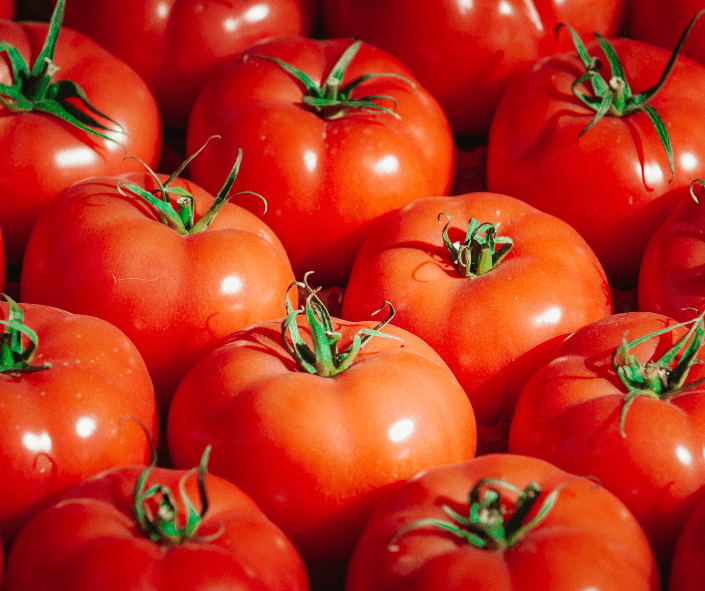
‘Mortgage Lifter’ (85 days) never disappoints. The long vines produce huge, red beefsteak tomatoes nonstop during the warm days of summer. Fruits commonly reach over 1 lb. each and regularly win taste tests.
Those seeking an exciting yellow and red bicolor with super sweet flavor need to try the effortless, ‘Virginia Sweets.’ The vining plants produce large slicing tomatoes with the best possible tangy-sweet flavor. The tomatoes are yellow with distinctive red streaks. Each tomato can weigh as much as 1 lb. each!
Easy Cherry Tomatoes
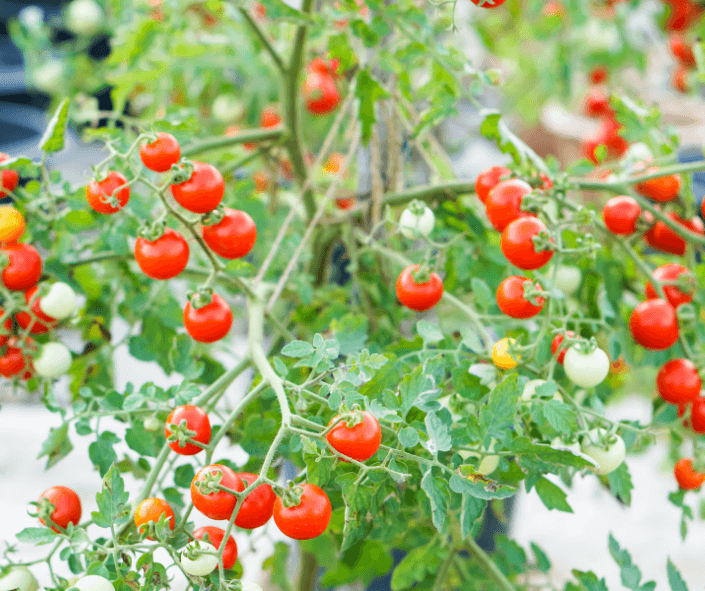
The tiny currant tomato, ‘Matt’s Wild Cherry’ (60 days), has bright red, sweet, flavorful fruit and produces nonstop with limited care once the vine gets going. The indeterminate (vining) tomato requires a sturdy cage and will branch vigorously, so pruning is sometimes required. (Click here to watch a video about how to prune tomatoes.)
My favorite cherry tomato of all time continues to be ‘Sungold’ (65 days) without fail. The cheerful orange fruits are super sweet and fruity and produced on vines that don’t stop until the first frost of fall. The weighty, long vines are vigorous and will continue to produce into fall. Provide a super strong cage and midseason pruning. After a long rain, ripe fruits may crack on the vine, but otherwise ‘Sungold’ is quite disease-resistant and trouble-free.

A tried-and-true classic cherry tomato variety is ‘Super Sweet 100’ (70 days). The award-winning variety produces long trusses laden with bright red, sweet, slightly tart cherry tomatoes with minimal effort. Stake or cage vines.
(Click here to watch a video highlighting my 10 favorite cherry tomatoes for flavor.)
Easy Salad Tomatoes
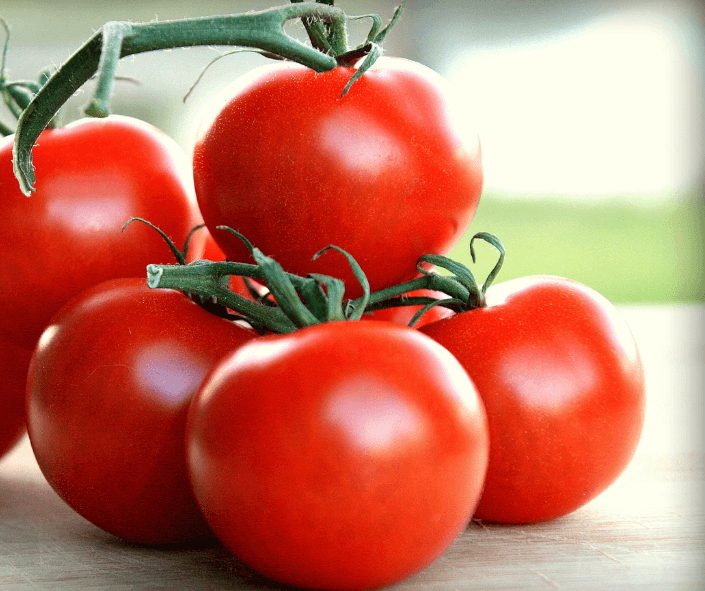
The crack-free, bright red, salad tomato ‘Mountain Magic’ (66 days) rivals popular Campari tomatoes and is wonderfully easy to grow. The large vine needs a strong cage and will continue to stay productive until frost.
Italian ‘Principe Borghese’ is a classic red salad or sun-drying tomato from Italy. The plants produce long trusses (7-10 per truss) of small, deep red fruits with a balanced tomato flavor. Like most tomatoes on the list, it is a vining type that needs strong support.
How to Grow Tomatoes
The following video provides simple steps to growing champion tomatoes.


